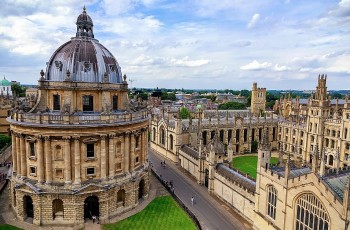10 Shortest Reigns in English History
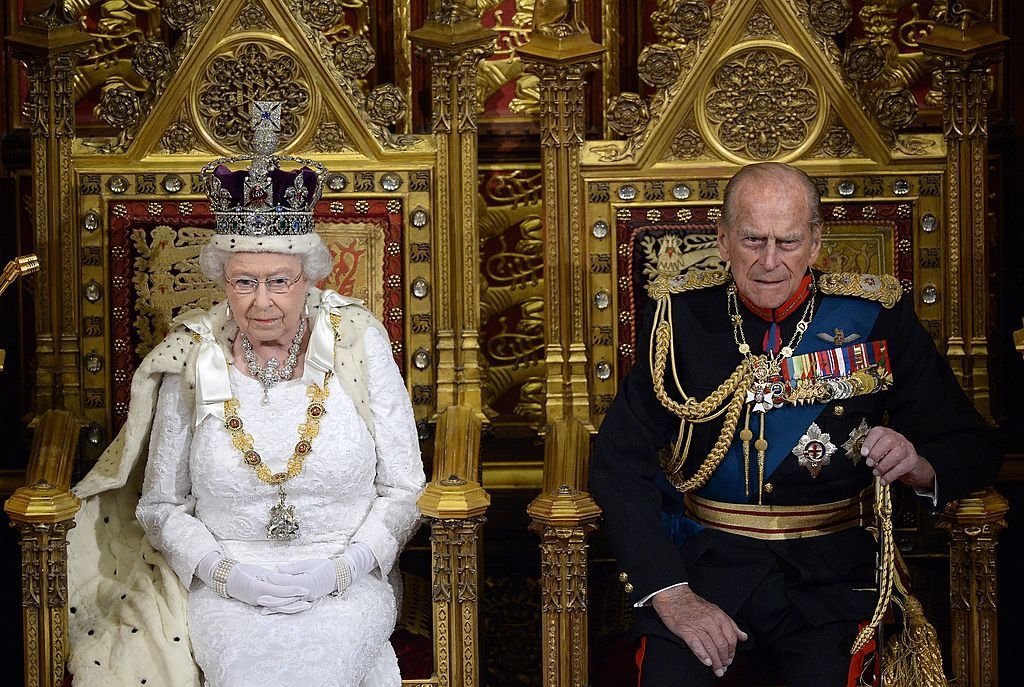 Why Isn't There A King Of England? Why Isn't There A King Of England? |
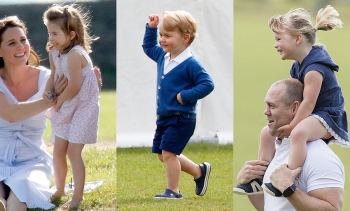 5 Most Richest Royal Kids in British Monarchy 5 Most Richest Royal Kids in British Monarchy |
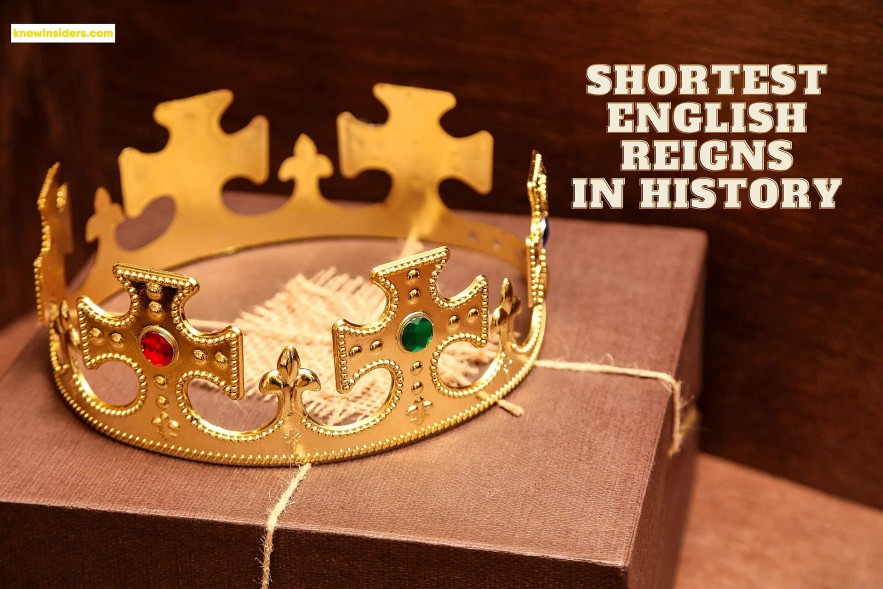 |
| 10 Shortest Reigns in English History. Photo KnowInsiders |
The British monarchy has been in existence for over 1,200 years, spanning 37 generations. According to the online history magazine Historic UK, 61 members of the royal family have occupied the throne during that time. Who was the shortest monarch? Check out the list right below!
10 Shortest Reigns in English History
1. Lady Jane Grey (9 days)
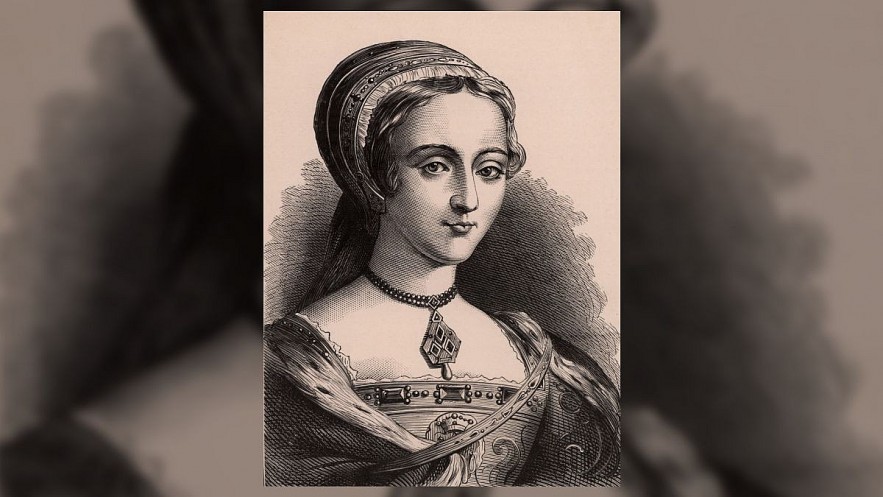 |
Lady Jane Grey, who ruled England for only nine days in July 1553, is regarded as the monarch with the shortest reign. Lady Jane was only a teenager when then-King Edward VI died; according to Smithsonian Magazine, she fainted upon learning that she would succeed him.
Lady Jane's rise was quick and calculated. Her father-in-law, John Dudley, was adamant about retaining power and preventing Edward's half-sister, Mary Tudor, from ascending to the throne. As a result, he had Mary declared illegitimate because of her Catholic faith (and the fact that her mother, Catherine of Aragon, had fallen out of favor with King Henry VIII). Then he replaced her with Jane. "She was a pawn in these larger political battles," she said.
READ MORE: Why Isn't There A King Of England?
2. Sweyn Forkbeard (40 days)
Sweyn, King of Denmark and Norway from 986, began to invade England in response to Thelred the Unready's St Brice's Day Massacre of Danes in England. He invaded in 1013 with the intention of capturing Thelred's throne.
Despite opposition, particularly in London, many people submitted to Sweyn. As his power grew, so did the capital. Sweyn was crowned king on December 25, 1013. Exiled were Thelred and his sons, including Edward, later the Confessor. Sweyn died just 40 days after his victory on 3 February 1014. The cause of death is unknown, with some claiming murder and others claiming a riding accident. Sweyn's son Cnut would soon take up his father's claim after Thelred returned.
READ MORE: Who Was The First King And Top 10 Greatest Kings In The World of All Time
3. Edgar II (63 days)
Another contentious entry. Edgar II, also known as Edgar theling (an Anglo-Saxon word for prince that means something like 'throne worthy,' is a fascinating man who led an incredible life. Following King Harold's death at the Battle of Hastings, the Witenagemot, a precursor to Parliament, elected Edgar as the new king. He was in his early twenties at the time.
William the Conqueror had different plans. He eventually forced recognition of his kingship and was crowned at Westminster Abbey on Christmas Day 1066. Edgar would rebel against William several times, each time gaining forgiveness. Edgar would spend time in Italy as well as take part in the First Crusade before returning to cause trouble for Henry.
4. Edward V (78 days)
King Edward V was the son of King Edward IV and was known as the "Elder of the Princes in the Tower." Edward was never crowned and instead became a pawn in the power struggles won by his uncle, King Richard III. Their uncle, who claimed to be protecting them, led Edward and his younger brother, Richard, into the Tower of London. However, only 78 days after his father's death, the young Edward was deposed. Soon after, he was seen for the last time in the Tower. What happened to the Princes in the Tower has remained a mystery.
5. Empress Matilda (208 days)
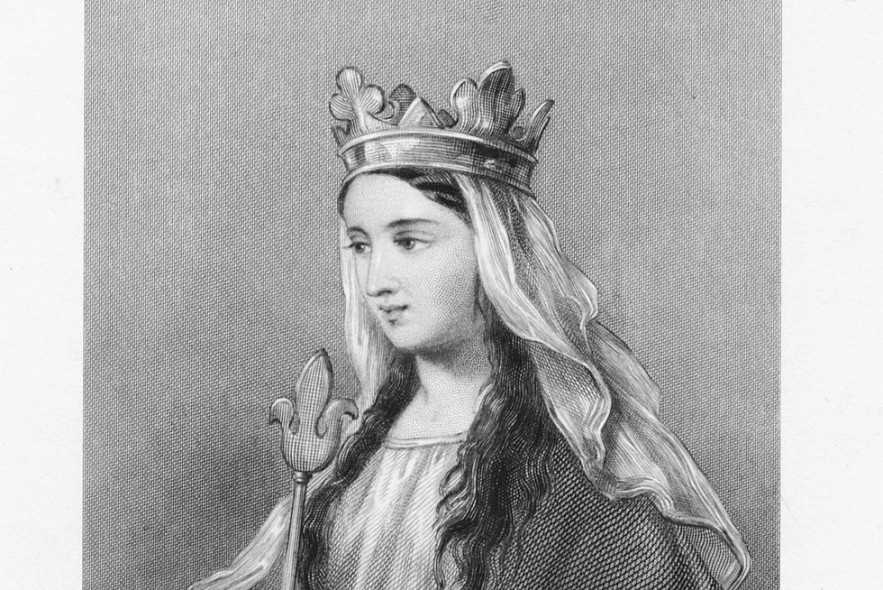 |
The Anarchy was a conflict between Empress Matilda and her cousin King Stephen over the right to rule England. Matilda had been designated as Henry I's heir, but when he died in 1135, Stephen snuck in and had himself crowned. In order to reclaim her right, Matilda invaded England in 1139. At the Battle of Lincoln on February 2, 1141, Stephen was captured by Matilda's forces, led by her half-brother Robert, Earl of Gloucester.
The clergy met in Winchester on April 7 and proclaimed Matilda as Stephen's replacement. She would be crowned in London and use the title Lady of the English, because a king was a man, and a queen was a king’s wife. This was a reference to Thelflaed, Lady of the Mercians, Alfred the Great's daughter who ruled Mercia.
6. King Edmund II (7 months and 7 days)
This king, also known as Edmund Ironside, led a valiant defense of the English kingdom when the Danes, led by Cnut the Great, invaded.
Edmund was finally defeated at the Battle of Assandun, which is thought to have occurred at Ashingdon Hill in south-east Essex.
After Cnut's victory, Edmund agreed to divide the country, keeping Wessex and allowing Cnut to take the rest of England. Edmund died just over a month after becoming King of Wessex, and Cnut was crowned King of England as a result.
Cnut is better known as Canute, the wise king who sat on his throne while waves lapped at his feet, according to legend. This great Dane reigned for 19 years, far longer than the man he succeeded.
7. King Harold II (9 months and 8 days)
On British soil, only two English monarchs have died in battle. Richard III was killed at the Battle of Bosworth Field, and Harold, the last Anglo-Saxon King, was killed at the Battle of Hastings.
According to popular belief, Harold was killed when an arrow struck his eye. An image on the Bayeux Tapestry depicting a figure gripping an arrow near a Latin caption stating 'Harold the King is killed' lends credence to this perception.
Some historians, however, have pointed out that it is unclear which figure on the tapestry the caption refers to; it could equally refer to a nearby image of a knight being trampled under a horse.
8. King Edward VIII (10 months and 21 days)
"I have found it impossible to carry the heavy burden of responsibility and to discharge my duties as king as I would wish to do without the help and support of the woman I love."
So begins the most famous resignation speech in English history, delivered by Edward VIII as he decided to abdicate in order to marry American divorcee Wallis Simpson.
If Edward had remained King, married another lady, and had children, Elizabeth would never have become Queen, and 2012 would not have been a Diamond Jubilee year.
9. Richard III (2 years, 57 days)
King Richard III is still regarded as one of the most divisive monarchs in English history. He was King Edward IV's younger brother, and he played an important role during his brother's reign. Richard claimed the throne after his brother died and his nephews vanished from the Tower of London. He was the last Yorkist King and the last person in the Plantagenet line when he was defeated by Henry Tudor's forces at the Battle of Bosworth Field in 1485.
In 2012, his body was discovered beneath a Leicester car park and reburied in Greyfriars Church.
10. James II (3 years, 309 days)
King James II was England's last Catholic monarch. The younger son of King Charles I, he spent most of his formative years in exile in France before returning to England with the monarch's restoration in 1660.
Because his brother, King Charles II, had no legitimate children, James inherited the throne. During his reign, he advocated for religious tolerance, particularly for Catholics. In the Glorious Revolution of 1688, James was deposed, and his elder daughter, Queen Mary II, and her husband, King William III, were chosen as co-monarchs.
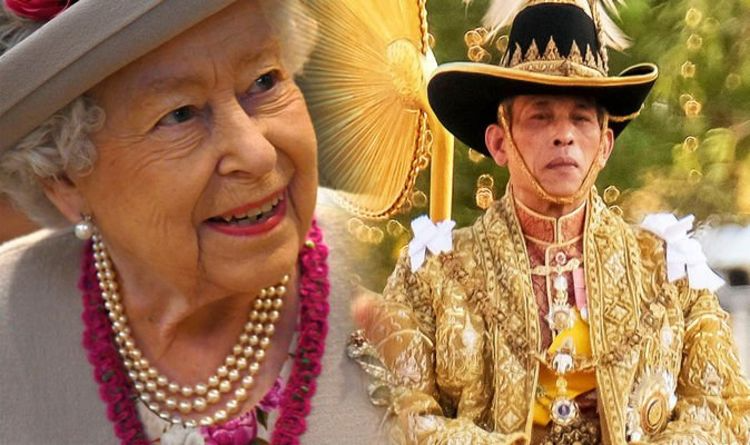 Who Are The Richest Royals In The World? Who Are The Richest Royals In The World? Among 26 current monarchy countries in the world, there are as many as 10 dynasties from Europe to the Middle East who control a net ... |
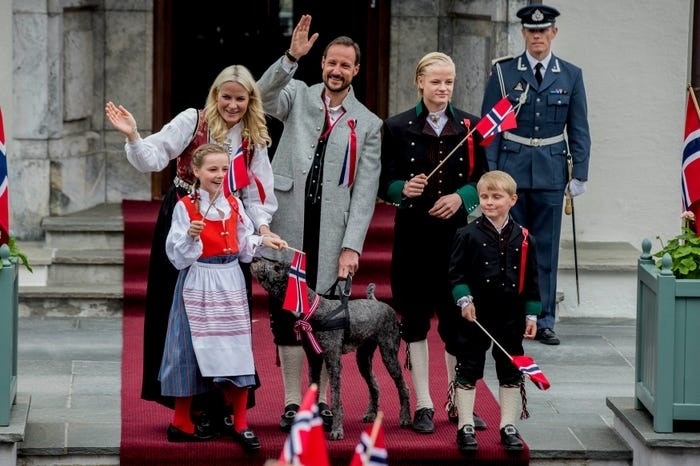 How Many Kings And Monarchies In The World Today? How Many Kings And Monarchies In The World Today? Do you know how many monarchies in the world today? Read on to find out interesting facts. |
 5 Most Richest Royal Kids in British Monarchy 5 Most Richest Royal Kids in British Monarchy There are 26 monarchies in the world, including the often discussed British royals, and the royal kids also draw lots of attention from the public. |


















